
How Many Cyclists Are in the Tour de France
The Tour de France features a peloton of professional cyclists competing across flat, hilly, and mountain stages. Fans often wonder how many riders take part, and for enthusiasts, isinwheel e-bikes offer a way to train and ride like the pros. Whether for endurance or casual cycling, e-bikes make it easier to experience the thrill of Tour-style riding.
How Does the Tour de France Work?
The Tour de France is the most prestigious cycling race in the world and takes place over 21 challenging stages. The overall winner is awarded the yellow jersey, given to the rider with the lowest cumulative time across all three weeks of racing.
Each stage also has its own winner, but the overall victor may not necessarily win a single stage. This emphasizes the importance of consistency, strategy, and endurance throughout the race.
The Tour de France is one of the three Grand Tours, alongside the Giro d’Italia and the Vuelta a España, and attracts the world’s top professional cyclists and teams every year.
Total Number of Cyclists in the Tour de France
The Tour de France peloton typically consists of around 180 to 185 professional cyclists, divided among 22 to 23 teams. Each team usually fields eight riders, combining specialists like general classification contenders, climbers, sprinters, and domestiques.
The exact number of cyclists can vary depending on race organiser invitations, wild card entries, and team decisions. While some editions feature slightly more or fewer riders, the overall peloton size is carefully managed to maintain safety and competitiveness throughout the 21 stages.
Understanding the number of cyclists in the Tour de France gives fans insight into race dynamics, team strategies, and the sheer scale of this prestigious cycling event.
How Tour de France Teams Are Structured
The Tour de France peloton is made up of multiple professional cycling teams, each carefully selected to compete at the highest level. Understanding team structure helps fans appreciate the strategies and roles that shape the race.
UCI WorldTour Teams
All 18 UCI WorldTour teams automatically qualify for the Tour de France. These teams are the top-tier squads in professional cycling, featuring the strongest riders and the most competitive line-ups.
ProTeams and Wild Cards
In addition to WorldTour teams, five ProTeams or wild card teams are invited by the race organiser, ASO. These selections often include the best-performing ProTeams and promising smaller squads, adding variety and excitement to the race.
Rider Composition
Each Tour de France team consists of eight riders, each with a key role: GC contenders aim for overall victory, climbers tackle mountain stages, sprinters focus on flat finishes and points, and domestiques support team leaders and manage the peloton. This balance allows teams to compete strategically across all stage types.
Roles and Responsibilities of Cyclists
In the Tour de France peloton, each rider has a specific role that contributes to the team’s overall strategy. Understanding these roles helps fans appreciate the complexity and tactics of the race:
-
General Classification (GC) Riders – Compete for the yellow jersey and the overall victory, focusing on consistent performance across all stages.
-
Sprinters – Specialize in flat stages, aiming to win stage finishes and accumulate points for the green jersey.
-
Climbers / Mountain Specialists – Excel on steep and high-altitude stages, often shaping the outcome of mountain climbs and key GC battles.
-
Domestiques / Support Riders – Protect team leaders, control the peloton, chase down breakaways, and provide assistance during critical moments.
-
Time Trial Specialists – Strong riders who excel in individual or team time trials, helping maintain or gain crucial seconds for the team.
These roles ensure that teams can execute effective team tactics across flat, hilly, mountain, and time trial stages, making the Tour de France a dynamic and strategic race.
Tour de France Jerseys: What Each Color Means
The Tour de France peloton is easily recognized by the colorful jerseys worn by cyclists, each representing a different race classification. Understanding these jerseys is key for fans who want to follow the race like a pro:
-
Yellow Jersey – Worn by the overall leader with the lowest cumulative time. This jersey represents the General Classification (GC) and is the most prestigious prize in the Tour de France.
-
Green Jersey – Awarded to the leader of the points classification, usually a sprinter excelling on flat stages and intermediate sprints.
-
Polka-Dot Jersey – Given to the King of the Mountains, the rider who earns the most points on mountain climbs.
-
White Jersey – Worn by the best young rider under 26 years old, based on cumulative time in the GC.
Knowing what each jersey signifies helps fans understand team tactics, track the peloton dynamics, and enjoy every stage of the Tour de France. These jerseys highlight the multiple competitions happening simultaneously, adding excitement and strategy to the world’s most prestigious cycling race.
How Many Riders Finish the Tour de France?
Not all cyclists who start the Tour de France make it to the finish. Riders can drop out due to crashes, illness, fatigue, or missing the time cut on a stage. On average, about 10–15% of the peloton fails to complete the race, though this can vary depending on the difficulty of the route and weather conditions.
Understanding how many riders finish highlights the grueling nature of the Tour de France and the physical and mental demands placed on professional cyclists throughout the three-week race.
Conclusion
The Tour de France features 184 riders across 23 teams, each with specific roles in the peloton. Understanding team dynamics makes the race more exciting for fans. For cycling enthusiasts, isinwheel e-bikes like the U2, M10, and U4 offer a fun and powerful way to enjoy long rides and train like the pros.
FAQs
How much does a Tour de France cyclist get paid?
Professional riders’ salaries vary widely depending on team, experience, and ranking. Top riders like Tadej Pogačar or Jonas Vingegaard can earn over €5 million per year, while domestiques or support riders may earn €50,000–€200,000 annually.
Do riders keep prize money in the Tour de France?
Yes, riders receive prize money for stage wins, jersey classifications, and team awards. However, a portion is usually shared with the team according to internal agreements.
How much does a Tour de France bike cost?
Professional race bikes can range from €10,000 to €15,000, depending on the frame, components, and technology used. Lightweight, aerodynamic models with electronic shifting are standard for elite riders.
How many kilometers do Tour de France cyclists ride?
Riders cover approximately 3,300–3,500 km over 21 stages, including flat, hilly, and mountain terrain, plus time trials. This makes endurance, strategy, and teamwork critical for success.
The Latest Posts
Explore isinwheel products
City E Scooter | Off-Road Scooter
Fastest Scooter | Kids Scooters




















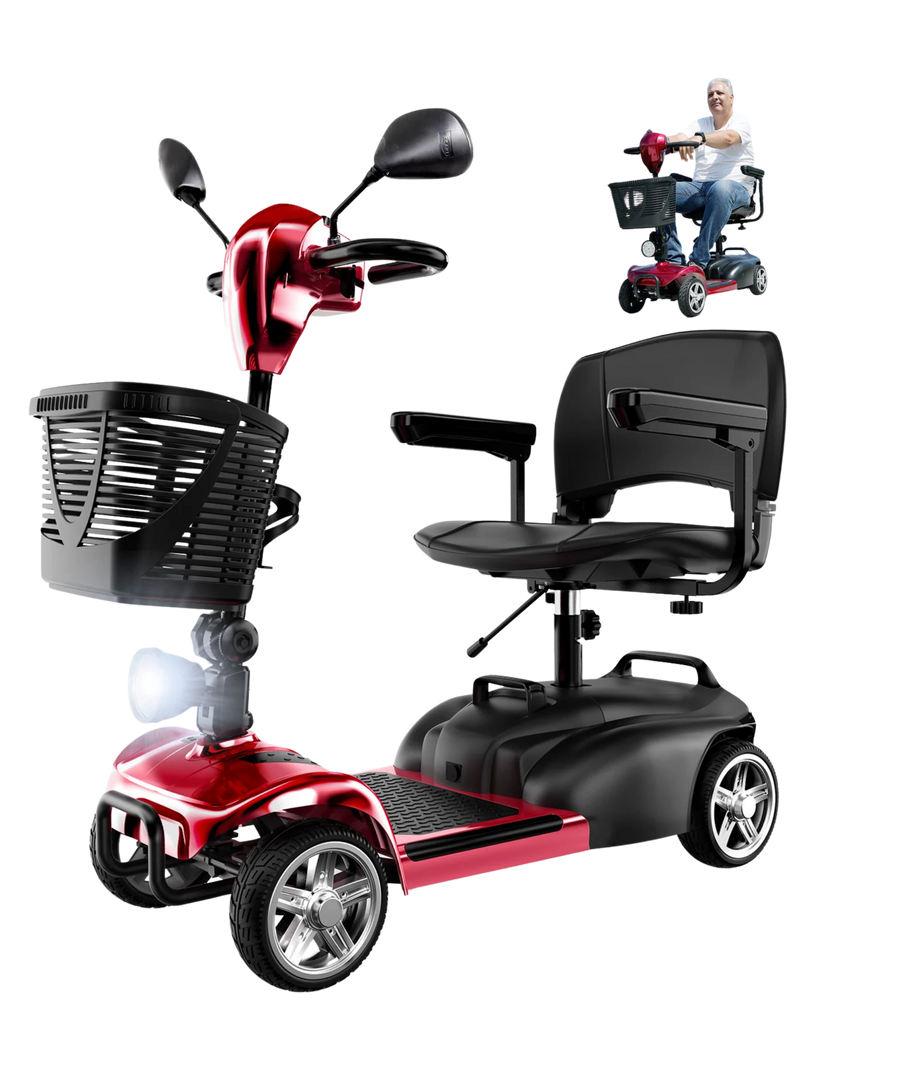


























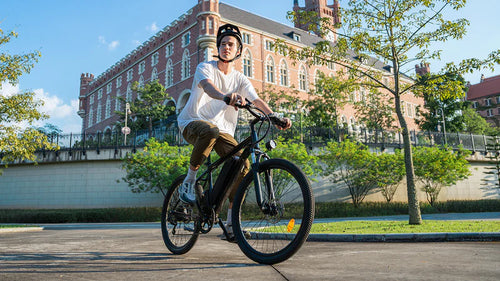




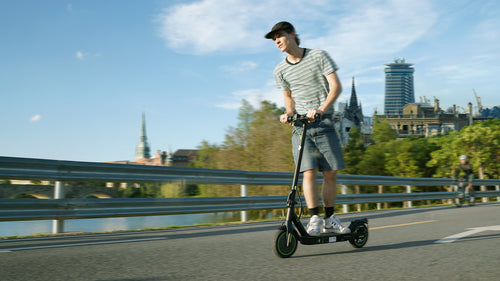



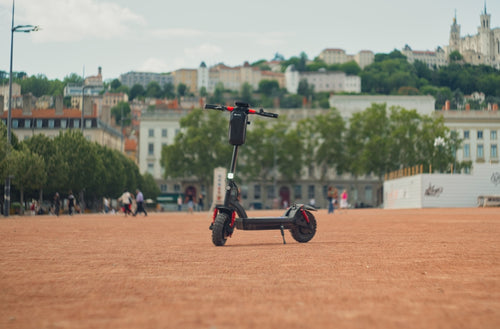
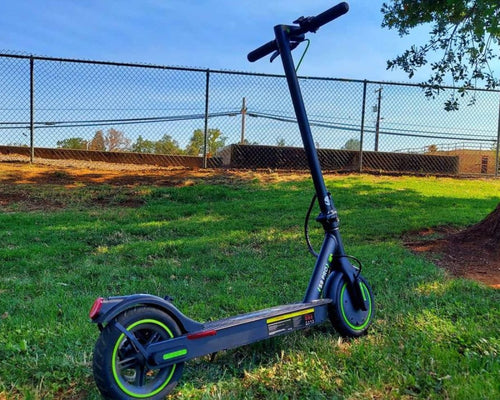





Leave a comment